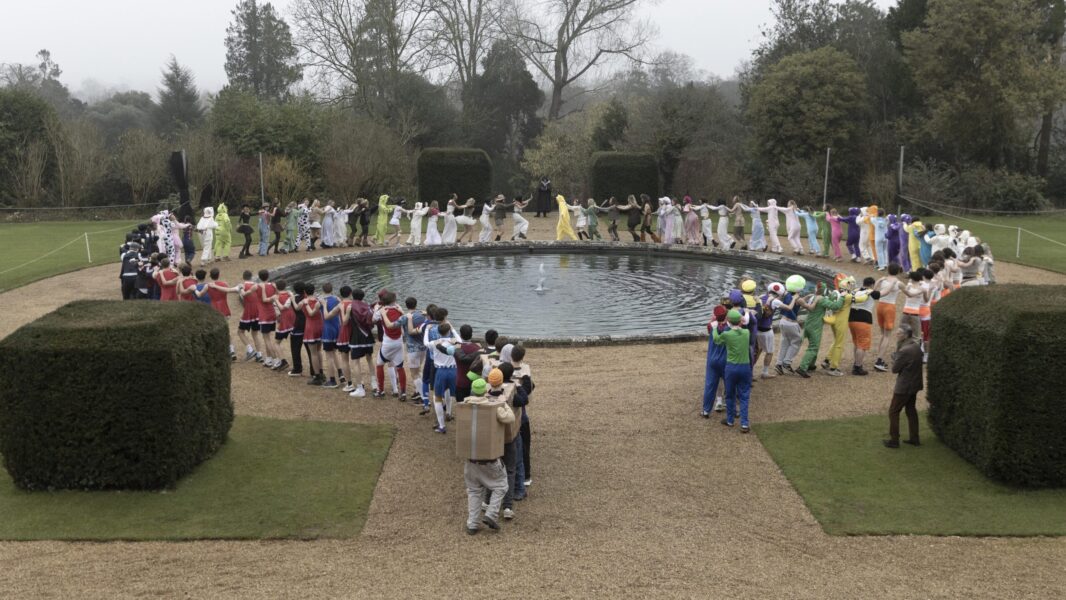Last week, A3 physics pupils swapped the classroom for the cutting edge of particle physics, taking part in World Wide Data Day 2025, a global event connecting schools with real data from the world’s largest particle accelerator.
World Wide Data Day brings together students and teachers from around the world to analyse data from proton collisions at the Large Hadron Collider (LHC) at CERN, near Geneva in Switzerland. Using datasets from two of the LHC’s giant detectors, participants worked as real data analysts for a day, searching for subatomic particles and studying how they behave.
The A3s focused on data from the CMS (Compact Muon Solenoid) detector. Their task was to identify particles called muons produced in high-energy proton collisions and measure the angles at which these particles scatter away from the collision point. Their results were then pooled with data from schools across the globe to deepen understanding of how the detectors work and what the collision patterns can reveal about the fundamental nature of matter.
The experience extended beyond data crunching. Pupils joined a live video conference with a partner school in Winamac, Indiana, and a physicist from CERN. Together, they compared their findings, discussed the challenges of analysing real experimental data, and put their questions about the future of particle physics research directly to a scientist working at the international laboratory in Geneva.
The project ties directly into the pupils’ A level physics studies, as they continue to explore particle physics this term. And who knows, if World Wide Data Day has sparked a lasting interest, Bryanston may one day be celebrating another former pupil returning from Geneva with a Nobel Prize in science to their name.




